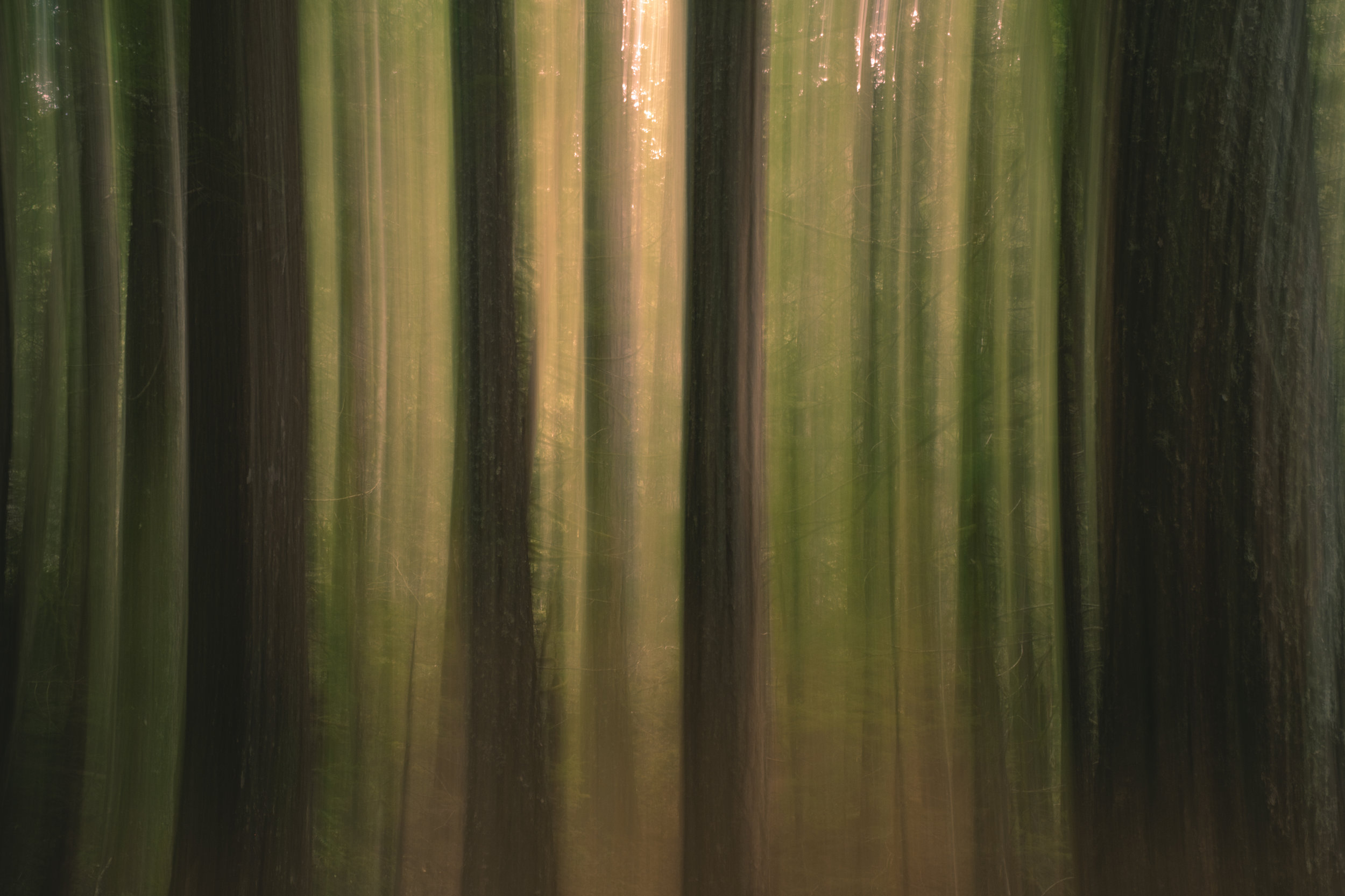This doesn't follow any obvious rules and the exposure is dark according to a camera.
When in the field and sitting in front of a computer there are plenty of technical indicators to guide the artistic process. Just to name a few, there is the histogram, rule of thirds lines, and the bubble level. They are all good in their own ways, but there is a point at which they become a barrier to getting creative.
Photographers typically start out learning the medium by reading manuals and watching guides on how to use the camera. This usually involves trying to zero out the metering and processing the image to be in the middle of a histogram in order to achieve technical perfection. Learning about all of the equipment and how it is meant to be used according to Lightroom, Photoshop, etc…
As artists, we are not meant to be architects of technically perfect images. Computers are designed to attempt to achieve an ‘ideal’ exposure according to whoever designed them. This is why smartphones are great at getting consistent and decent results. If I were to allow a computer to decide every decision then the images would end up looking flat and uninteresting.
The control over the exposure and processing of the image afterward is a big part of how I shoot. Manual exposure make sure I can decide what I want to do with each part of the exposure. This way I can manipulate the depth of field, motion blur (or lack thereof), and noise in each photo. I know where I want the shadows and highlights and can make the right edits in post-production to get the image there. If the computers decided, the image wouldn’t look much different from something straight out of an iPhone!
When it comes to composition there are guides that come standard with cameras. Almost every viewfinder defaults to a grid aligning to the rule of thirds. This is not the only way to compose though! While manufacturers are getting more creative and allow for more options like the golden ratio the best option might be to ignore everything. Breaking rules and going with what feels right is the best options in some cases. I find myself often shooting without any guides on the screen so that my only focus is to align elements to how my eye likes them. (I still always check histograms to make sure the exposure gives me options later)
Technical perfection is an important part of learning photography. Many of us start out with learning the camera and its scientific approach to photography. Just as important though, is figuring out how to do what is artistically right for you in a given situation. The camera only knows what it was programmed to do. You, as the artist, have to make the creative decisions in order to rise above average.



